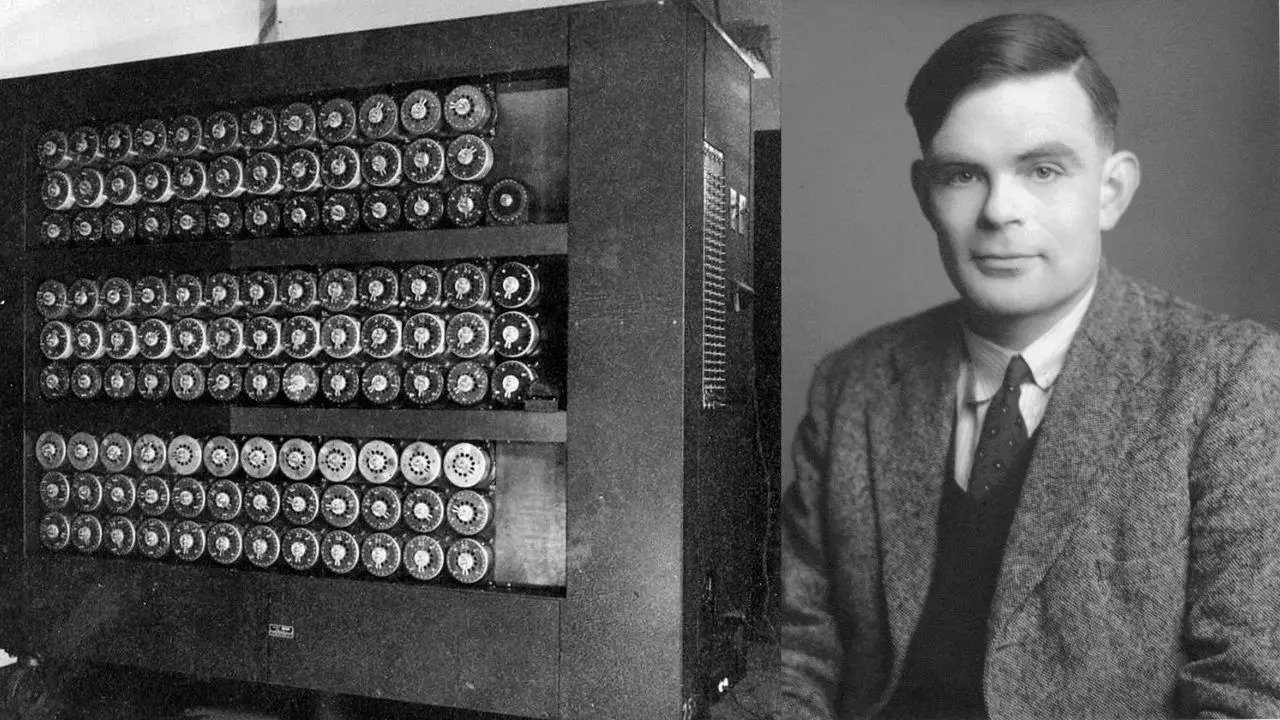Imagine a protest. What do you see?
Perhaps you imagined a demonstration: people marching, carrying hand-painted signs, singing songs, or chanting slogans. (“We are the 99%!,” “No justice, no peace!,” “Hey, hey, LBJ, how many kids did you kill today?”) These kinds of large-scale public gatherings represent, for many, the archetype of political protest: a demand for change, delivered en masse, directed to the government or to the majority.
Alternatively, perhaps you imagined something more radical: a strike, broken windows, defacement of art or property, or a riot. These are also forms of protest, but more coercive and violent than demonstrations, and less likely to be thought of as a contribution to civil discourse. While radical protest is nothing new—it has been a feature of politics throughout recorded history—it has seen a resurgence in recent years, as politics has become more polarized, longstanding injustices have been more widely recognized, and the climate crisis has intensified.
Or maybe you imagined a more personal, individual form of protest: an official resigning their post in the face of an unjust policy, a child slamming the door after being grounded, or someone putting up a fight against a bully, an abuser, or an attacker. These too are forms of protest, only on a smaller scale.
Philosophers tend to treat these forms of protest as distinct classes, justified (or not) by the features that distinguish them from each other. Mass demonstration and its close cousin, civil disobedience, are often justified as part of a theory of civil discourse or democratic justice; radical protest as part of a theory of permissible violence or coercion; and interpersonal protest as part of the ethics of relationships.
These different styles of normative assessment follow from the practical aims each type of protest sometimes pursues. On this view, demonstrations aim to change minds through public communication, radical protest aims to change policy by wielding power, and interpersonal protest aims to reform impaired relationships—and the normative standard for each type of protest, or in other words what makes a given case justified or unjustified, is guided by these distinctive aims. According to this view, that is, the moral assessment of protest is guided by how a protest achieves its practical aims.
But by focusing on what makes these types of protest different, I believe we have obscured what unites them. All of these types of protest are ways of saying something, and of saying “no” in particular; after all, that is what makes them all forms of protest. Reminding ourselves of this fact is significant for two reasons.
For one thing, many cases of protest are not practically oriented toward achieving a change in the world; rather, they are oriented toward registering dissent regarding some aspect of the way the world is. This is a subtle but crucial distinction. Saying “no” to someone’s actions implies that they should change their behavior, but it is not necessarily, and not always, practically oriented towards getting them to change. Sometimes the primary point is just to say “no” or “stop.”
For example, consider the White Rose campaign, which distributed anti-Nazi pamphlets in Munich, the home of the Nazi Party, in 1942, and whose members were subsequently killed for their actions. Or consider the famous “Unknown Protester” standing before a line of tanks in Tiananmen Square in 1989. His individual identity and fate are unknown, but very many of his fellow protesters were killed, and their hoped-for reforms were not realized. Or consider Bobby Sands, whose death during a hunger strike in a British prison did little to hasten the end of the Troubles in Northern Ireland.
My point is not to argue that these protests bore no positive outcomes, nor that those who led them didn’t hope their actions would bring about a better future. At the very least, each of these famous protesters has been an inspiration for others around the world. Rather, my point is that these protests, which all failed in important respects to end the political oppression they responded to, were nevertheless worthwhile. Whether protest is worthwhile often does not depend on what the protest will achieve. It can be important to say “no,” to register dissent, even when you are unsure, and even when you are pessimistic, about your protest bringing about positive change. But if this is so, then we should not be led in our moral thinking about protest by its relation to practical outcomes.
This leads to the second significant upshot of thinking of protest as primarily oriented towards expression. In a series of recent papers, I’ve developed the idea that expression itself provides moral standards for justifiable protest, including in the context of rioting, climate resistance (jointly with Ten-Herng Lai), and in more general personal and political circumstances.
The basic idea is that protest is a way of making an interpersonal demand, a way of bearing what Strawson called “the strains of involvement” of living in a moral community together. Like Strawson’s examples—blame, resentment, gratitude—protest can be the correct, or “fitting,” response to others’ conduct. When we are being wronged, the appropriate thing to do is to register our dissent: to say that this conduct is wrong, and that it should stop.
This simple idea, that protest is fundamentally about dissent, not achieving outcomes, has radical implications. When protest is called for, it should, like other kinds of fitting response, be correctly directed, proportionate, and adequate. These conditions require, roughly, that protest be targeted at those responsible for the wrong protested; that the magnitude of the protest not be excessive with respect to the wrong protested; and, most significantly, that the form and magnitude of the protest adequately respond to the wrong protested.
This last condition is significant because it exerts upward pressure on the form and magnitude of fitting protest. Think again of cases of serious oppression, wrongs, and injustice, like racial apartheid, or gendered disenfranchisement, or other grave wrongs. In order to adequately protest these things, quite a bit more than signs and slogans might be necessary. Specifically, my view is that weighty expressive acts—including, in the most serious cases, violence—may be the best or only available way of adequately protesting the wrongs in question.
To see what I mean, think of the dilemma facing residents of the Jewish ghetto in Warsaw in 1943. Once it became clear that the Nazis planned not, as they had said, to relocate residents, but to kill all of them, a stark choice presented itself: do nothing and be killed, or fight back and, in all likelihood, die fighting. According to one train of thought, violence that cannot accomplish anything is unjustifiable, so ghetto residents ought to have chosen not to fight. Now, clearly this is the wrong verdict—residents did choose to fight, and they were justified in doing so—but it may seem mysterious why fighting with no hope of success could be the right choice.
The view I propose offers an answer. The wrong being imposed on Jewish ghetto residents—the threat of extermination—demanded an answer, even if the wrong could not be averted. That wrong was so severe that any traditional form of protest simply wouldn’t do; only something active and forceful like raising a resistance and fighting back could adequately answer the magnitude of the wrong being protested.
These conclusions carry implications for each of the forms of protest introduced above: traditional, radical, and interpersonal. Rarely are the practical consequences of protest movements predictable. Protesters should organize their activity, then, around speaking well and loudly, in a manner befitting what they are protesting.
But this idea’s most important implications are about how we should assess radical protest. Protest is, beneath everything else, a way of speaking. When things are bad enough, it is worth saying so loudly, including sometimes with forceful expressive acts. When we think of, for example, the suffragettes’ broken window campaign, the Stonewall Riots, or contemporary militant climate action, we are wrong to reflexively ask, “What did they achieve?” The first, better question is rather, “What did they say, and did they say it well?” Those who criticize radical protest by questioning what it can or cannot achieve are, in one important sense, simply missing the point.
The post Radical Protest and Moral Justification first appeared on Blog of the APA.
Read the full article which is published on APA Online (external link)





